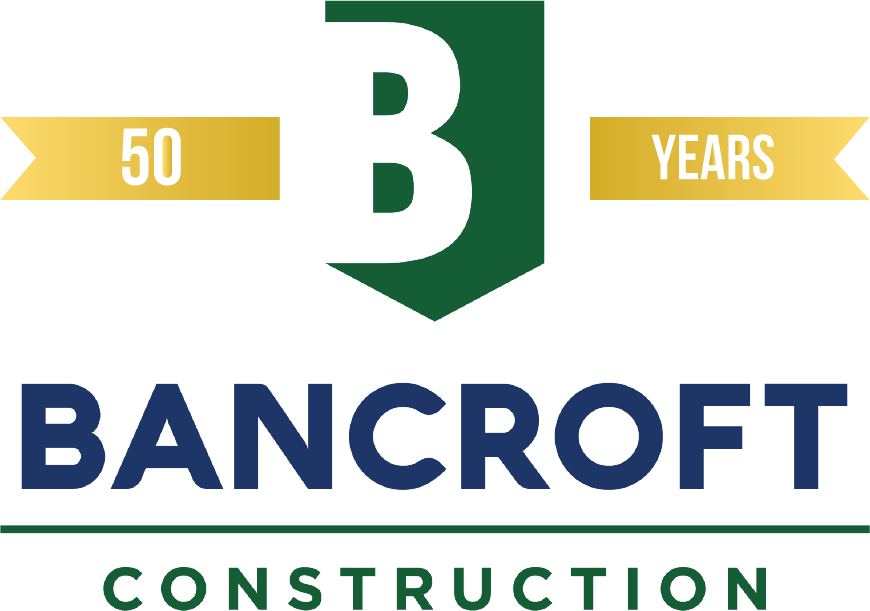Bruce Orr is founder and chief data scientist at ProNovos, a provider of financial forecasting tools for contractors. Opinions are the author’s own.
"Cash is king" might be the most overused phrase in construction finance — and one of the most misleading.

The reason why is because in the rough-and-tumble world of construction finance, where you’re always just one job away from success or failure, you can have plenty in the bank and still be on the brink.
In other words, it's not how much cash you have; it’s how well you control the movement of cash through your projects, partners and pipeline.
Why? Because without visibility into how money is moving — when it’s coming in, going out, and where it’s getting stuck — you’re not running your business. You’re reacting to it.
That’s why I think it’s time for contractors to shift the focus from cash to cash flow.
A strong pipeline won’t save you
Money in a construction project moves in three stages: cost, billing and cash received. The cycle determines whether you scale or stall.
I once worked with a contractor with over $100 million in backlog. On paper, they looked unstoppable. However, they had poor billing discipline and 70+ day receivables. They weren’t broke, but they were bleeding slowly. The timing mismatches in their cost-to-cash cycle nearly crushed them.
You might be surprised to hear this isn’t a rare story. According to the Construction Financial Management Association’s 2024 Benchmarker survey, construction companies had an average of 23.5 days of cash on hand, slightly down from pandemic highs. While this might feel like a cushion, it’s thin when billings lag or receivables stretch.
Idle cash isn’t a safety net
Seeing a large bank balance can create a false sense of security. But cash that just sits there is losing value due to inflation, missed discounts and opportunity costs.
In contrast, top-performing contractors understand the concept of return on assets, a metric that reflects how well you use your resources. According to the Benchmarker survey, the average ROA for construction companies rose to 11.8% in 2023, but best-in-class firms hit 28.4%.
That kind of gap doesn’t happen by accident. It happens by design — through strategic reinvestment and smart financial management.
Metrics that matter
Want to know if you’re positioned for growth or just coasting? Track these three indicators:
- Cash-to-revenue ratio: Reveals how much cash you have relative to income. A low CTR is risky. High means you’ve got some great opportunities ahead (if managed well).
- Days of cash: Indicates how long you can operate without new income. The industry average is just over 23 days. Higher is better.
- Return on assets : This measures how effectively you use your capital. The industry average is almost 12%. If you’re under that, there’s room for improvement.
Visibility equals confidence
You can’t manage what you can’t see. It’s hard to keep up with the complexity of modern construction with spreadsheets alone, but at a minimum, you should be tracking:
- What will our cash position be in 30, 60 and 90 days?
- Which jobs are cash-positive or negative?
- What’s your days sales outstanding trend — i.e., how fast do your customers pay — and is it improving?
- How exposed are you to a few large receivables?
If the answer to any of these is “not sure,” you’ve got a problem. And the tools exist today to solve it — if you’re willing to commit.
Effective leaders track cash flow
This isn’t accounting’s job. It’s yours.
Cash flow drives your ability to take on new work, pay your team, invest in tech and weather downturns. I’ve seen companies showing solid profit margins but unable to make payroll, not because they weren’t earning money, but because they weren’t managing the movement of their cash.
Discipline beats drama every time. To reduce the drama:
- Bill early and often.
- Track DSO and push it down.
- Forecast based on behavior, not hope.
- For money going out, take advantage of early payment discounts — they’re free margin.
The bottom line
Cash might be comforting. But cash flow is king.
In an industry where timing is everything, the winners aren’t the ones with the most money in the bank — they’re the ones who move it fastest, smartest and most deliberately.
So stop asking “How much cash do we have?” Start asking “How fast are we moving it — and where is it stuck?”
Because when you lead with your cash flow, you put your business in a position to lead the competition.













